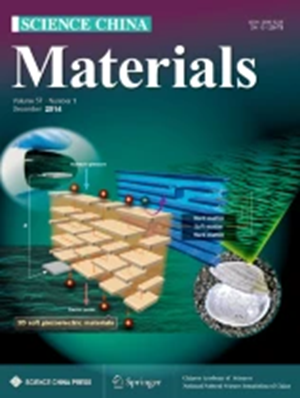Molecular-level biomass composition and crosslinking regulation towards hard carbon with high initial Coulombic efficiency for sodium-ion battery
Abstract
Although hard carbon (HC) is currently considered to be the pioneering anode material for sodium-ion batteries (SIBs), its low initial Coulombic efficiency (ICE) results in excessive sodium consumption at the cathode in full cells, thereby significantly limiting its practical application in SIBs. Organic small molecule-assisted biomass co-thermal crosslinking is an effective strategy. Herein, through modulating the composition ratios among lignin, cellulose and hemicellulose in the raw bamboo, and then leveraging an organic small molecule (maleic anhydride, MA)-assisted thermal-crosslinking, the multiple structural features including carbon layer orientation, graphite-like domain size and closed pore structure can be precisely controlled in the HC product. The regulation of precursor components promotes the formation of sp2 hybridized structure within the carbon skeleton, leading to the generation of larger graphite-like microcrystalline domains. Meanwhile, the crosslinking induced by MA facilitates the development of closed pores during the final high-temperature carbonization. Consequently, the resulting HC material (HC-BO-MA) exhibits an impressive ICE of 93.9% coupled with a high reversible specific capacity of 324 mAh g−1 (at 20 mA g−1). This work provides valuable insights for the rational design of high-performance biomass-derived HC anodes for SIBs.

 求助内容:
求助内容: 应助结果提醒方式:
应助结果提醒方式:


